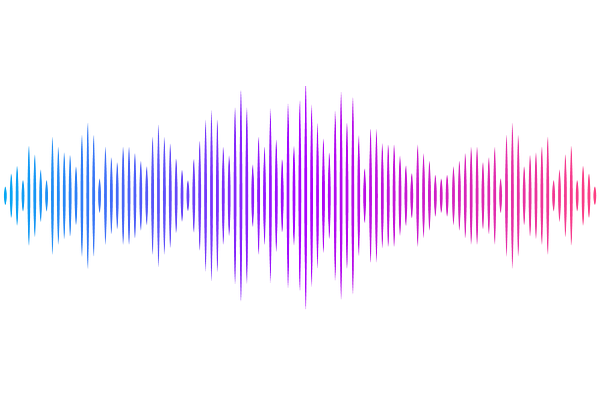Contributions from Long-Term Memory Explain Superior Visual Working Memory Performance with Meaningful Objects

Contributions from Long-Term Memory Explain Superior Visual Working Memory Performance with Meaningful Objects
PARK, H.-B.; Awh, E.
AbstractVisual working memory (WM) capacity has recently been claimed to be higher for meaningful objects compared to simple visual features, possibly due to richer and more distinctive representations. However, prior demonstrations of this advantage have typically compared performance with meaningful stimuli that are trial-unique to performance with a small set of repeated simple stimuli (e.g., colors). This design creates a confound between the strength of proactive interference (PI) and meaningfulness, such that PI is minimized for meaningful items compared to colors. Thus, improved WM performance with meaningful objects could reflect enhanced contributions from episodic long term memory (LTM), a memory system that is highly vulnerable to PI, rather than an increase in WM capacity. To examine this issue, Experiment 1 measured WM capacity for repeated colors, repeated meaningful objects, and trial-unique meaningful objects. We replicated the previously observed advantage for trial-unique objects over colors. Critically, this advantage was eliminated entirely with repeated meaningful objects that equated PI across the meaningful and simple stimuli, suggesting that minimal PI, not meaningfulness, drove this behavioral effect. In line with this hypothesis, hierarchical Bayesian dual-process signal detection modeling suggested that the advantage for trial-unique objects was due to enhanced familiarity-based LTM signals rather than recollection-based WM processes. To directly measure online storage in WM, Experiment 2 measured contralateral delay activity (CDA), an electrophysiological marker of the number of items stored in working memory. Although we saw the typical performance benefits for trial-unique objects over repeated colors, CDA activity across increasing set sizes revealed a common plateau for trial-unique meaningful objects and repeated colors, indicating a WM storage limit that is independent of stimulus meaningfulness. Thus, past demonstrations of superior memory performance with meaningful stimuli can be explained by a task design that minimized PI for meaningful compared to simple stimuli. When PI is equated, WM storage limits for simple and meaningful stimuli are equivalent.